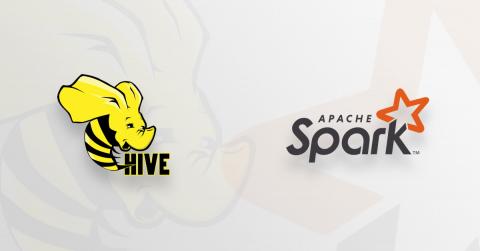Best Practices for Automating Monitoring
Developer teams and even operational teams often ignore monitoring applications. Deadlines, inexperience, company culture, and management can lead to poor or neglected monitoring inside developing platforms. Automating all monitoring tasks is an excellent way to avoid this scenario. Automation leads to lower costs, less time spent solving issues, and more efficient teams.











